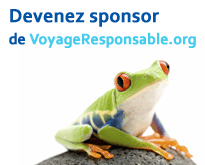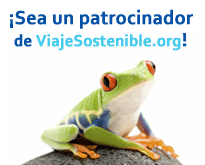

Pantiacolla Lodge
Overview
Type of destination:
- River / lake / wetland
- Forest / rainforest
Type of accomodation:
- Bungalow / cabaña / ecolodge
- Research station
Rates: (in US dollars)
$51 – $75
See details about rates below.
Target Market:
Budget
Description
Pantiacolla Lodge is at the foot of the Pantiacolla mountain range, located at the divide between the Andes and the Amazon rainforest. Thanks to its location, the area has at least 8 different types of natural ecosystems that are accessible on foot or in boat from the lodge and they are among the most biodiverse areas on the planet. There are 9 different species of monkeys, including some belonging to the sole genus of nocturnal monkeys (Aotus) and the smallest monkey, the pygmy marmoset (Callithrix pygmaea); there are also more than 600 species of birds, including the rare blue-headed macaw (Propyrrhura couloni); large mammals like tapirs, jaguars, pumas, white-tailed deer, collared peccaries, and many more. The lodge has an extensive network of well-marked trails for exploring all of these treasures, alone or with a guide.
Rooms
- 11 double or triple rooms distributed across 5 cabins
- 8 rooms with shared bathrooms and showers
- 3 rooms with private baths
Amenities
- Breakfast included
- Restaurant
- Transportation - The company can provide transportation in car or boat from Cusco to the lodge.
Other: A spacious dining room with displays about the animals found in the Pantiacolla forest.
Activities
- Bird watching
- Eco / nature / wildlife
- Educational / research / volunteering
- Fishing
- Guided tours
- River rafting / kayaking
- Spiritual / religious
- Visits to conservation projects
- Volunteers accepted
- Walking / hiking
Other:
- We offer a jungle survival course.
- Expedition to Río Shilive to support the indigenous people in their struggle against plans for gas exploitation in the Amarakaeri Reserve.
Making a Difference
Number of employees: 3
Percentage of local employees: 100%
- Pantiacolla Lodge protects a 1,976-acre (800-hectare) forest that holds an extremely high biodiversity due to its location between the Andes and the Amazon.
- We support the legal actions of the Federación Nativa del Río Madre de Dios y Afluentes (FENAMAD) in fighting plans for gas exploitation in the Amarakaeri Communal Reserve, located to the east of Pantiacolla Lodge.
- We help the Shintuya indigenous community promote their tourism projects.
Rates
$51 – $75
We offer special rates for groups, extended stays, and students doing conservation projects at Pantiacolla Lodge.
Getting There
Nearest international airport: Lima (LIM)
Nearest local/national airport: Cusco (CUZ)
Travel time to nearest airport: 10 hour drive on the highway and 3 hour boating up the river.
To reach Pantiacolla Lodge, you must cross one of the world’s most pristine cloud forests. The trip from Cusco takes two days, with one night at the Posada San Pedro. On the second day of the trip you take a boat on the Río Alto Madre de Dios to get to the lodge. Pantiacolla Lodge offers lodging year-round.
Additional Information
Date This Information Was Provided
February 2012.









Photos courtesy of Pantiacolla Lodge, Peru, for SustainableTrip.org.
Contact Information
Marianne van Vlaardingen
General Manager
Margen izquierda del río Alto
Madre de Dios, Cusco
Peru
Tel: +51/84-238323 ; +51/84-245688
Fax: +51/84-252696
www.pantiacolla.com
Verification
Rainforest Alliance Verified™
Date: March, 2011
Sustainability performance:
Environmental management: 50%
Sociocultural management: 58%
Business management: 44%
Overall performance: 51%
- 6 reviews of Pantiacolla Lodge in Manu National Park



